
British Blissful 1000mg H4 CBD E-Liquid 50ml

Hydrovape 80% H4 CBD Crumble 1g

Hydrovape 80% H4 CBD Crumble 0.5g

Hydrovape 1000mg H4 CBD E-liquid 30ml (70VG/30PG)

Hydrovape 500mg H4 CBD E-liquid 30ml (70VG/30PG)

Hydrovape 10% Water Soluble H4-CBD Extract - 30ml

Hydrovape 5% Water Soluble H4-CBD Extract - 30ml

Hydrovape 10% Water Soluble H4-CBD Extract - 10ml

Hydrovape 5% Water Soluble H4-CBD Extract - 10ml
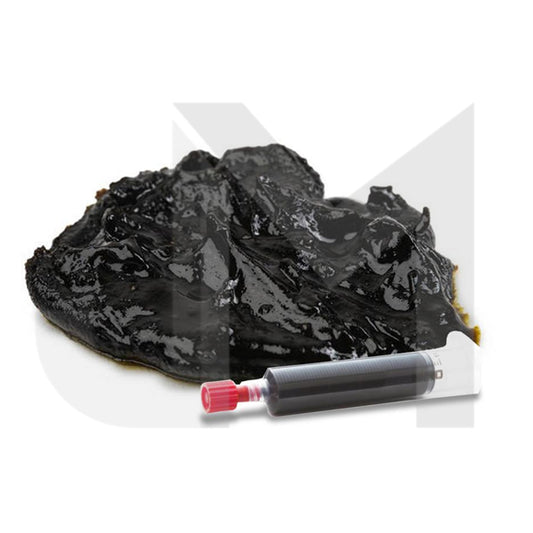
American Bulk Raw H4 CBD Paste Wholesale UK
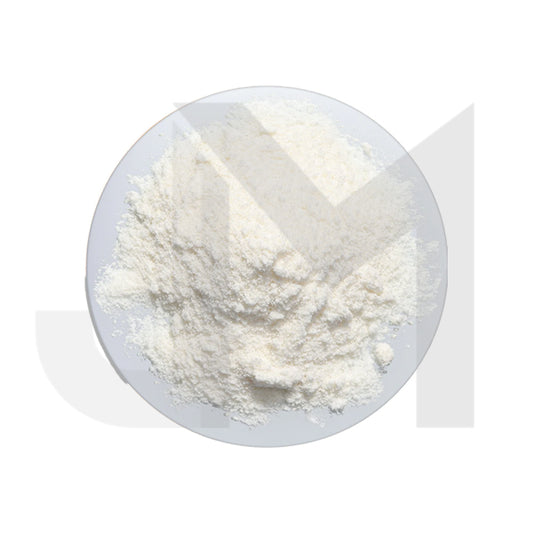
Bulk Water Soluble H4 CBD Powder Wholesale UK
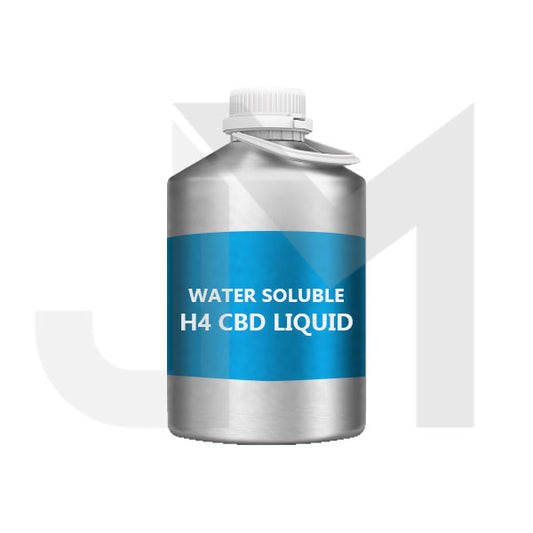
Bulk Water Soluble H4 CBD Liquid Wholesale UK
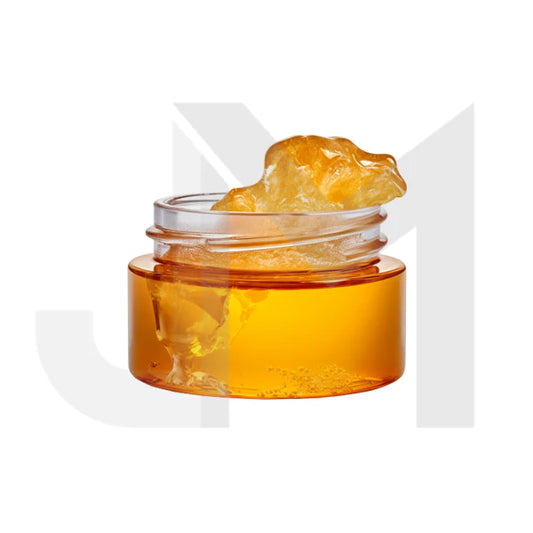
Bulk 70% American H4 CBD Crumble Wholesale UK
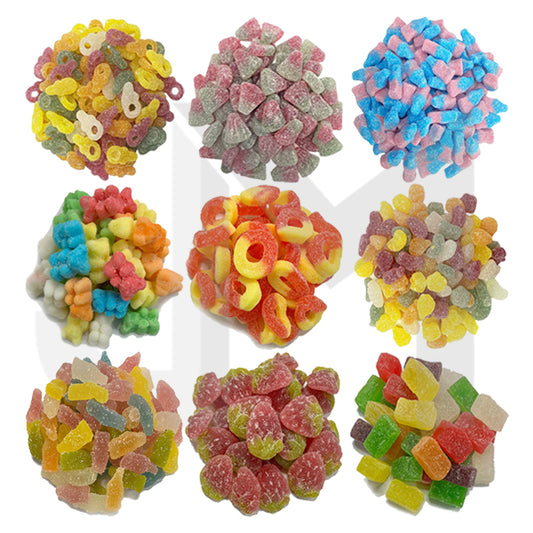
Bulk H4 CBD Vegan Gummies (6000mg per kg)
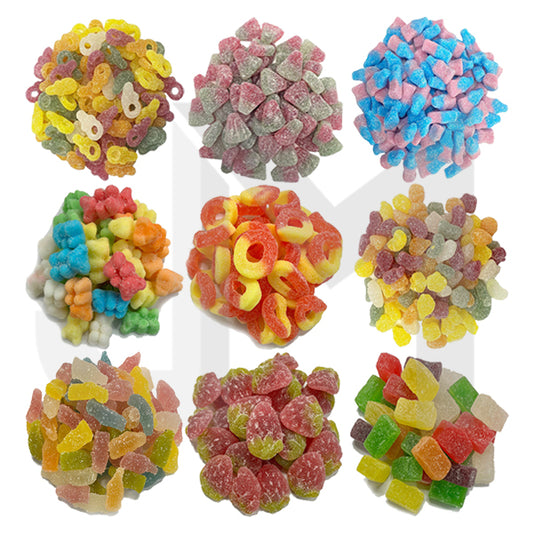
Bulk H4 CBD Vegan Gummies (3000mg per kg)
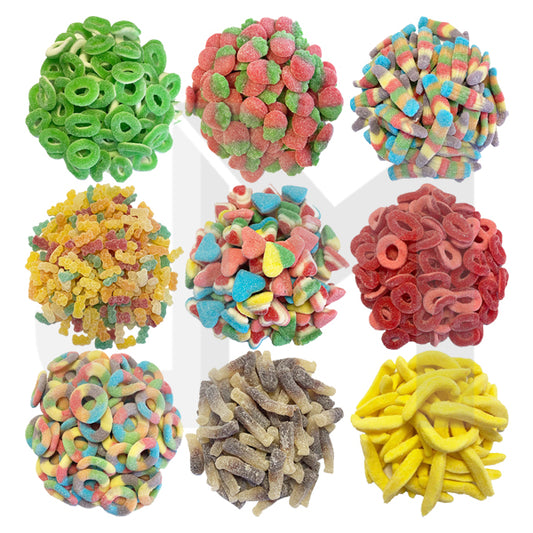

Bulk 70% Broad Spectrum H4 CBD Distillate Wholesale UK

5-50% Bulk H4 CBD MCT Oil Wholesale UK
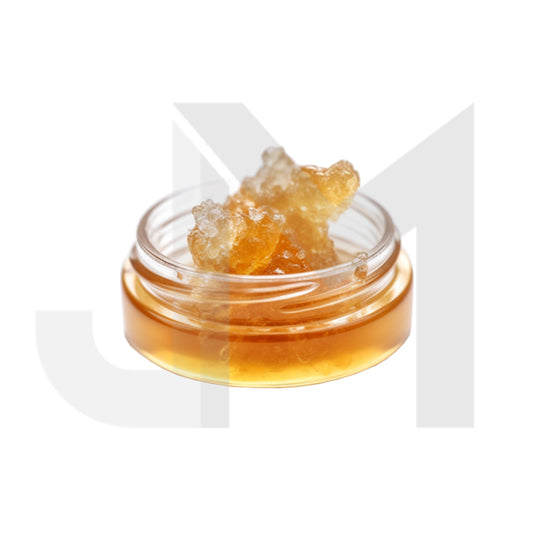
Bulk 85% American H4 CBD Distillate Wholesale UK
H4-CBD and CBD are both cannabinoids derived from the hemp plant, but they differ in their molecular structure and potential effects on the body. While both are non-psychoactive, meaning they don't cause a "high," preliminary research suggests that H4-CBD has much more potent effects than those from CBD. However, more research is needed to fully understand these differences.
H4-CBD is generally deemed safe for consumption, especially considering its non-psychoactive nature which means it doesn't produce the "high" associated with THC. However, it's important to understand that people can react differently to cannabinoids, and what works well for one individual might not have the same effect on another.
While anecdotal evidence and initial studies suggest that H4-CBD can be used safely by most adults, there are certain groups who should exercise caution. This includes individuals with existing medical conditions, those who are currently taking other medications, and pregnant or nursing women.
We have no minimum order requirement for our wholesale H4-CBD products. Please contact us directly for more information.
JM Wholesale offers H4-CBD white-labelling and private label services, which allow businesses to sell H4-CBD products under their own brand. Explore our whitelabelling services today.
Through these services, businesses can take advantage of the growing popularity of H4-CBD, offering their customers a product that has been tailored to their brand's specific identity and values. This not only opens up a new product line for businesses but also allows them to differentiate themselves in a competitive market.
The shelf-life of H4-CBD products can generally be expected to last between one to two years (12 to 24 months), although this can vary depending on various factors. This includes the specifics of the product formulation, the type of product, the packaging, and how the product is stored.
The formulation and type of the H4-CBD product can have a significant impact on its shelf-life. For instance, H4-CBD oils may have a different shelf-life compared to edibles or topicals due to the other ingredients involved and how they interact with the H4-CBD over time.
Storage conditions are also critical in determining the shelf-life of H4-CBD products. Generally, these products should be stored in a cool, dark place away from direct sunlight, as heat and light can degrade cannabinoids over time. Avoiding exposure to air as much as possible can also help to preserve the product, as oxygen can also contribute to degradation. This is why many H4-CBD products are packaged in airtight, opaque containers.
It's always recommended to check the product's packaging for any specific storage instructions and a best-by or expiry date. These will give you a more accurate understanding of the product's shelf-life and how to best maintain its quality and effectiveness. Even within its shelf-life, always check the product for any signs of spoilage or degradation, such as changes in color, smell, or consistency, before use.
H4-CBD is created through a chemical process known as hydrogenation. Much like how margarine is made from vegetable oil, CBD undergoes a similar transformation to become H4-CBD.
In more technical terms, hydrogenation is the process of adding hydrogen atoms to a compound. When applied to CBD, this involves introducing hydrogen atoms into the CBD molecule. This process is facilitated by a catalyst, typically a metal such as palladium or nickel, which helps to drive the reaction. It's a method commonly used in organic chemistry to modify the structure and, subsequently, the properties of various compounds.
The hydrogenation process transforms the CBD molecule into a different compound, yielding H4-CBD as a result. This new compound has unique properties and effects that distinguish it from its parent molecule, CBD. This highlights the remarkable versatility of the cannabis plant, which can produce such a diverse array of cannabinoids, each with its own distinct set of properties.
Given the complex nature of the hydrogenation process, producing H4-CBD requires a good deal of expertise and precision. This process is typically carried out in a professional lab setting, under carefully controlled conditions, to ensure the production of a high-quality, safe, and effective product.
While H4-CBD and THC are distinct compounds, it is indeed possible for H4-CBD products to contain trace amounts of THC. This is due to the extraction process from the cannabis plant, which may not entirely separate the two compounds. This is especially true if the extraction process isn't highly refined or if the source material contains a significant amount of THC.
However, manufacturers of H4-CBD products typically employ rigorous quality control measures to ensure the purity of their products. This often includes third-party lab testing, which provides an unbiased analysis of the product's composition. The test results, often made available to consumers, offer a detailed breakdown of cannabinoid content. Reputable companies will ensure that any THC content remains within legal limits, and these results are a good way to verify this.
Nevertheless, consumers should be aware of this possibility and consider it when purchasing and consuming H4-CBD products. It's always recommended to check lab reports and other product information to understand fully what you are purchasing. Ultimately, while the presence of THC in H4-CBD products is a possibility, it is typically minimized and controlled through careful extraction processes and rigorous testing.
The story of H4-CBD starts in the 1940s when it was discovered by a team of cannabis researchers who were also responsible for the identification and synthesis of many other novel cannabinoids. At this point in history, the world was only just beginning to delve into the complex and varied world of cannabis, and this discovery marked a significant step in our understanding of this versatile plant.
These researchers were trailblazers in their field, taking the first steps into a world that was largely unknown. Their discovery of H4-CBD opened up a new avenue of research and potential therapeutic use. The original production method involved mixing CBD with a metal alloy in a process that, while effective, did not necessarily meet the safety and cleanliness standards we expect today.
Fast forward to the present day, and the production of H4-CBD has evolved significantly. Thanks to advances in technology and our increased understanding of cannabis and its constituents, H4-CBD is now produced using safer, cleaner manufacturing processes. This allows for a high-quality product that meets stringent safety standards while still delivering the unique effects that have made H4-CBD popular among users.
Despite being discovered several decades ago, it seems that H4-CBD is only now beginning to find its place in the market. As interest in and acceptance of cannabis and its derivatives continue to grow, there is an increasing demand for novel and unique cannabinoids like H4-CBD. It represents a new frontier in cannabinoid research and use, and its potential is only just beginning to be explored.
Many people post their experiences with H4-CBD on sites like Reddit or Facebook. Anecdotally, people seem to find that H4-CBD provides a unique type of stimulation, similar to the effect of caffeine without the jitteriness, and subtly enhanced with a low, non-intoxicating dose of THC-like effects. This potentially makes it particularly appealing to those seeking a productive, yet unimpaired, state of euphoria. Many users note the compound's propensity for inducing a relaxed, almost "silly" demeanor, while not impairing cognitive or physical functions like certain other cannabinoids can.
Many have mentioned experimenting with H4-CBD as part of a blend with other cannabinoids, such as THCV and CBDV, to create stimulating mixtures on par with high-caffeine days. This versatility, combined with its unique effects, seems to make H4-CBD an attractive component in the exploration of cannabinoid-based stimulants.
From a consumption perspective, people report a relatively quick onset of effects, with a sensation of spaciness or a heady high sometimes noted. It's reported to be quite potent, with effects persisting for a considerable amount of time. For some, the experience seems to extend over several hours, leading to significant relaxation, with reported intense muscle relaxation, positive thoughts, and a sense of elation being highlighted by any users.
The taste of H4-CBD has been described as less than pleasant, with some likening it to a spicy terpene-like flavor. Despite this, the overall consensus seems to be that the compound's benefits outweigh any taste concerns.
A point of interest is the potential application of H4-CBD for those taking tolerance breaks from other cannabinoids. Some individuals have found it to provide a satisfactory alternative, reducing cravings for THC and other similar substances, and even contributing to a reduction in tolerance. The overall experience of H4-CBD seems to be one of enjoyment, relaxation, and satisfaction, with a promise of exploring its potential further.
H4-CBD and CBD are both cannabinoids derived from the hemp plant, yet they differ significantly in their molecular structure and how they interact with the body. While CBD has gained widespread recognition for its therapeutic effects, H4-CBD is a newer compound that has emerged as a more potent alternative. The key difference lies in the hydrogenation process that converts CBD into H4-CBD. This process adds hydrogen atoms to the CBD molecule, enhancing its ability to bind to the CB1 receptor, which is a primary target for cannabinoids in the body. H4-CBD has a significantly stronger binding affinity to CB1 receptors, potentially leading to more noticeable effects at much lower doses. However, both compounds are non-psychoactive, meaning they do not cause the "high" typically associated with THC. Though preliminary research shows that H4-CBD may offer stronger effects than CBD, further studies are necessary to fully understand the differences and benefits of this promising cannabinoid.
H4-CBD is considered safe for most consumers due to its non-psychoactive nature, which distinguishes it from THC. However, as with any cannabinoid, individual reactions can vary. Most adults can safely use H4-CBD, and its use is not associated with the intoxicating effects of THC, making it a suitable option for those seeking the benefits of cannabinoids without the associated "high." While there is a growing body of anecdotal evidence supporting the safety of H4-CBD, certain groups should exercise caution. Pregnant or nursing women, individuals with underlying medical conditions, or those taking medications should consult a healthcare professional before using H4-CBD to ensure it does not interfere with other treatments or conditions. Though research into the safety profile of H4-CBD is still in its early stages, it is generally deemed safe for use when taken in moderation.
At JM Wholesale, there is no minimum order quantity for wholesale H4-CBD products, offering flexibility for businesses of all sizes. This allows retailers and other wholesale customers to purchase exactly what they need, whether it’s a small batch or large-scale orders. For those interested in bulk purchases or specific product lines, it's always advisable to contact JM Wholesale directly to discuss any particular requirements or larger wholesale orders. This no-minimum-order policy is particularly beneficial for businesses looking to test new products or start small before scaling up, ensuring a more tailored and cost-effective purchasing experience. You can always reach out to JM Wholesale's customer service team for further details on product availability and order quantities.
Yes, JM Wholesale offers white-labeling and private label services for H4-CBD products, allowing businesses to create their own branded line of high-quality H4-CBD products. These services are ideal for companies looking to take advantage of the growing demand for H4-CBD by offering a unique product that aligns with their brand identity. With private label services, businesses can not only customize the packaging and labelling but also choose the specific types of products they wish to offer, such as H4-CBD oils, tinctures, or vapes. This presents an excellent opportunity to stand out in a competitive market, giving your business the ability to provide customers with tailored H4-CBD options. By incorporating H4-CBD into your product lineup, you can meet the increasing consumer demand for innovative cannabinoid-based products.
The shelf-life of H4-CBD products typically ranges from 12 to 24 months, depending on the product type, formulation, and how it is stored. For example, oils and tinctures may have different shelf-lives compared to edibles or topicals, due to the interaction of cannabinoids with other ingredients in the formula. Proper storage plays a crucial role in preserving the effectiveness and quality of H4-CBD products. To extend their shelf life, it’s important to store these products in a cool, dark place, away from direct sunlight and excessive heat, as these environmental factors can cause cannabinoids to degrade. Packaging also plays a vital role; many H4-CBD products are sealed in airtight, opaque containers to prevent exposure to light and air, which can also affect their potency. Always check the product's packaging for specific storage recommendations and an expiration date to ensure the product’s effectiveness when it reaches the consumer.
H4-CBD is extracted through a chemical process known as hydrogenation, a method where hydrogen atoms are added to the CBD molecule. This transformation alters the molecular structure of CBD, turning it into H4-CBD, a more potent cannabinoid. The hydrogenation process is typically facilitated by a catalyst, such as palladium or nickel, to ensure the reaction occurs efficiently. Hydrogenation is a common technique used in organic chemistry to modify the properties of various compounds, including fats and oils. For H4-CBD production, this method enhances the compound's affinity for CB1 receptors, making it a more potent alternative to CBD. This process is carried out in controlled lab environments by professionals, ensuring the production of high-quality and safe products. The result is a cannabinoid with distinct properties that can offer different therapeutic effects compared to standard CBD, contributing to the growing variety of cannabinoid-based wellness products available today.